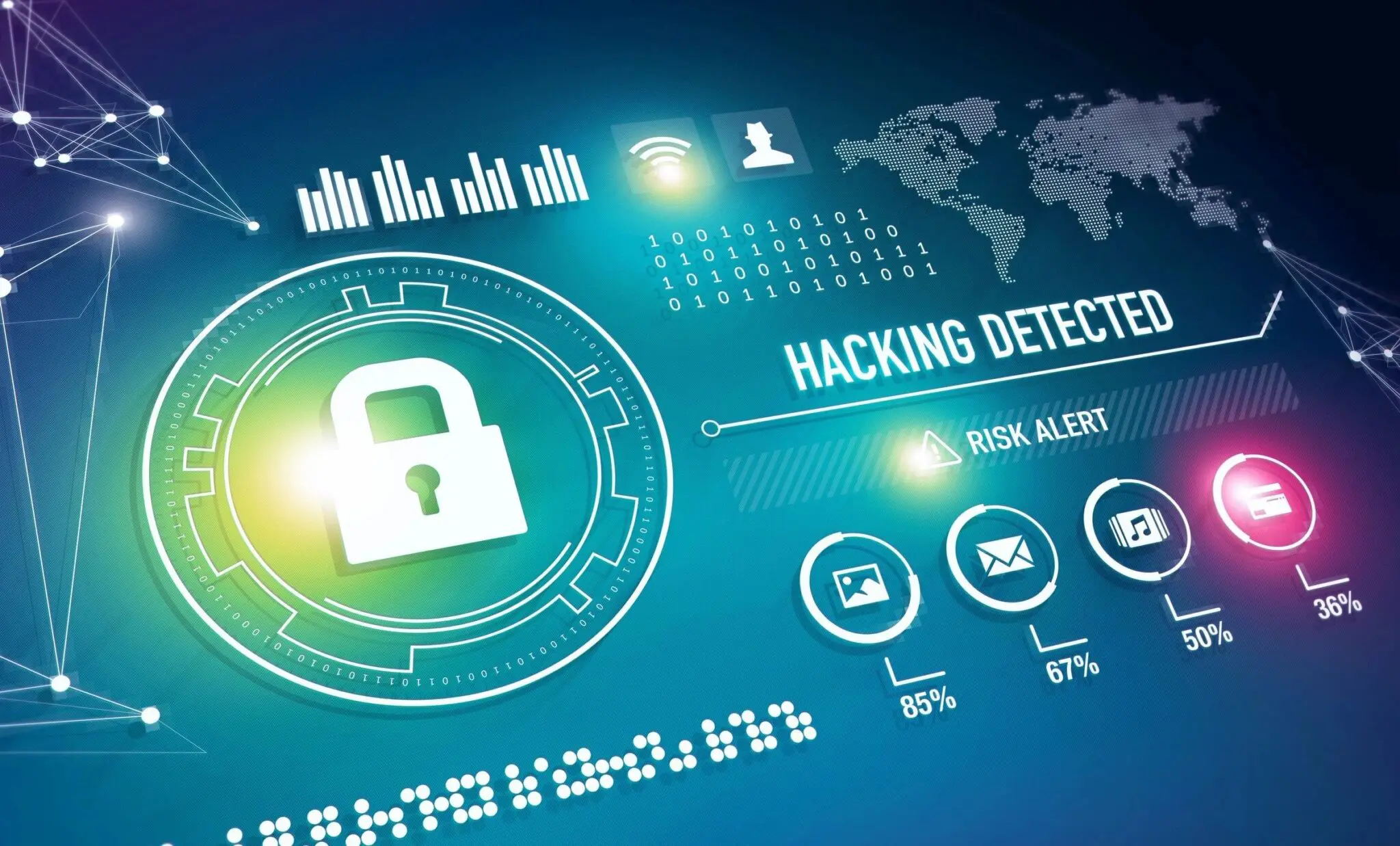Cyber Florida Partners with Idaho National Laboratory

Strategic partnership between Idaho National Laboratory and Cyber Florida bolsters cybersecurity, nurtures talent
May 20, 2025—Tampa, Fla—The Center for Cybersecurity at the University of South Florida, commonly known as Cyber Florida, and the Idaho National Laboratory (INL) have agreed to collaborate on critical infrastructure cyber mitigation and workforce development.
INL and Cyber Florida signed a memorandum of understanding to formalize the collaboration late last month.
One of INL’s primary focus areas is securing the nation’s critical infrastructure, while Cyber Florida positions Florida as a national leader in cybersecurity through education, research and outreach.
This agreement allows the state to use INL’s world-class critical infrastructure resiliency and cybersecurity capabilities focused on enhancing local, state and national preparedness in alignment with the Trump administration’s executive order titled, “Achieving Efficiency Through State and Local Preparedness.” The collaboration will focus on cybersecurity risk mitigation, operational technology and industrial control systems, defense industrial base sector cyber risk, workforce development and more.
“Cyber Florida is committed to fostering innovation and developing the next generation of cybersecurity professionals,” said retired Marine Corps Gen. Frank McKenzie, executive director of Cyber Florida. “This partnership with the Idaho National Laboratory underscores our shared dedication to strengthening our nation’s critical infrastructure and advancing the workforce needed to meet emerging cyber threats. Together, we are preparing for the future of cybersecurity in both the public and private sectors.”
INL and the state of Florida have previously collaborated to enhance cybersecurity for critical infrastructure sectors such as energy and transportation. In 2023, Cyber Florida and INL implemented the Critical Infrastructure Risk Assessment, leveraging the Department of Homeland Security’s Cyber Security Evaluation Tool, developed by INL, to analyze the cyber readiness of Florida’s 16 critical infrastructure sectors. The study, conducted on behalf of the Florida Legislature, offered recommendations to improve risk-based decision-making, inform state-level policy and support funding. The same year, INL signed a separate agreement with the state of Florida’s Department of Management Services alongside Florida Lt. Gov. Jeanette Nuñez.
“As states increasingly take on the responsibility of protecting both physical and cyber infrastructure, INL is poised to support local risk-informed decision-making across the country,” said Zach Tudor, associate laboratory director for National and Homeland Security at INL. “Florida’s critical infrastructure network is vast and expansive, and our collaboration aims to enhance its resilience and security ensuring the state’s critical functions remain dependable.”
About Idaho National Laboratory
Battelle Energy Alliance manages INL for the U.S. Department of Energy’s Office of Nuclear Energy. INL is the nation’s center for nuclear energy research and development, and also performs research in each of DOE’s strategic goal areas: energy, national security, science and the environment. For more information, visit www.inl.gov. Follow us on social media: Facebook, Instagram, LinkedIn and X.
About Cyber Florida at USF
The Florida Center for Cybersecurity at the University of South Florida, commonly referred to as Cyber Florida at USF, was established by the Florida Legislature in 2014. Its mission is to position Florida as a national leader in cybersecurity through comprehensive education, cutting-edge research, and extensive outreach. Cyber Florida leads various initiatives to inspire and educate current and future cybersecurity professionals, advance applied research, and enhance cybersecurity awareness and safety of individuals and organizations.
Media Contacts
Jennifer Kleman, 863-398-5610, jennifer437@cyberflorida.org
Lisa Wilmore, 616-540-8348, lisa.wilmore@inl.gov




















